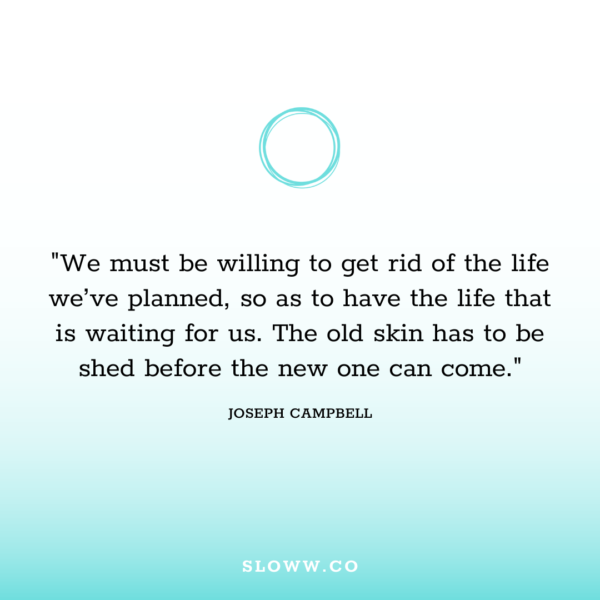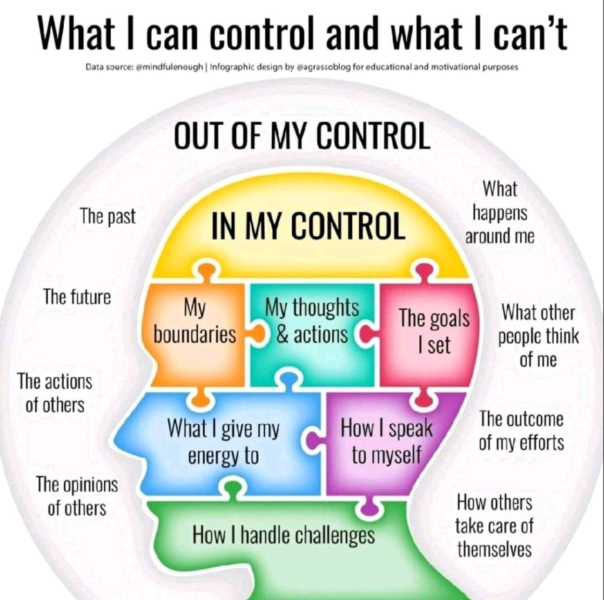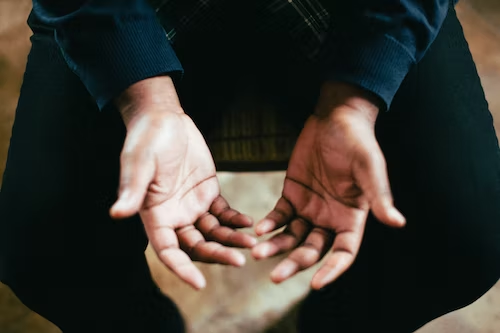
A Quote from Joseph Campbell



Hello All,
Today I’m featuring excerpt from Oliver Burkeman’s The Imperfectionist.
Best, Vicki P.
(…)
People have occasionally objected, in response to that 2014 blog post (“Everyone is just winging it, all of the time”), that “everyone is winging it” is something only a journalist could write about politicians, other journalists, and people in similarly mushy lines of work. Surely airline pilots, heart surgeons and deep-sea oil engineers are very much not making things up as they go along?
This objection helps clarify what “winging it” really means. Of course pilots and doctors and engineers – people highly skilled at navigating complex bodies of specialist knowledge – aren’t just bumbling randomly through life like idiots. But in another, arguably deeper sense, they’re totally winging it. Like anyone else, they can never grasp the whole of the situation in which they find themselves; and like anyone else, they can never be certain about what’ll happen in the very next moment, let alone a week or a month from now. Like all of us, they’re just crossing bridges as they come to them: they can’t depend in any absolute way on the bodies of knowledge in which they’re trained. Life is always bigger, and more unknowable, than any set of concepts we use to try to make sense of it.
A consensus toward error doesn’t make it a truth.
Erich Fromm (The Sane Society)
“It is naively assumed that the fact that the majority of people share certain ideas or feelings proves the validity of these ideas and feelings. Nothing is further from the truth. Consensual validation as such has no bearing on reason or mental health. Just as there is a folie à deux there is a folie à millions. The fact that millions of people share the same vices does not make these vices virtues, the fact that they share so many errors does not make the errors to be truths, and the fact that millions of people share the same mental pathology does not make these people sane.”
—

by Eric Barker
A lot of men were dying and nobody knew why.
In the late 70’s, the CDC realized that a shocking number of Hmong immigrants, ages 25-45, were dying in their sleep. They would gasp for breath but before help could arrive, they were gone. Autopsies revealed nothing. Perplexed, epidemiologists started calling it “Sudden Unexpected Nocturnal Death Syndrome.” SUNDS was killing more Hmong men than the top five causes of death combined.
But someone had an idea. Oddly enough, she wasn’t a doctor; she was an anthropologist. Shelley Adler knew that in Hmong folklore it was believed that the “dab tsog” – an evil demon – could paralyze and smother victims at night. In their home country of Laos, shamans would perform magic to fight off the spirit. But here in the US, shamans were few and far between. And most Hmong no longer practiced the religion they had been raised with.
Enter “Sleep Paralysis.” A very real but usually innocuous medical condition that 8% of people experience. For most of your sleep cycle, your body “switches off” movement. In Sleep Paralysis, your body delays switching it back on. Briefly, you’re conscious — but unable to move. Very scary though harmless. But Shelley thought the men were interpreting this as the dab tsog attacking them. They’d panic and some would have a heart attack. And as word spread about the deaths, more and more Hmong men became afraid, and thereby susceptible.
Shelley turned out to be right. However, Western medicine wasn’t very effective in getting the Hmong to give up the ideas they’d been raised with. And the deaths continued…

Again I am featuring German therapist Nik Golke’s latest blog post because he understands the power of using story to make his point. In working with hundreds of people suffering personal loss at hospice and in my private practice, the “good-sad” is so often the other side of the grief coin. It comes when we realize the thought of the loss no longer wounds. Have a good week. Sending love, Vicki
The first time we stand at the grave of someone we loved, we might cry our eyes out. The hundredth time we visit them will look very different.
We may stand in silence, quietly smiling at the thought of what their presence felt like. We may dig through our fondest memories, shaking our head in disbelief that they actually pulled off this one thing. We may even have a lively chat about what happened at work that week. “You should have seen me, Mel. You’d have laughed yourself silly!”
This is the good kind of sad. It’s not the sadness we’re most familiar with, but it’s important to remember it exists. Sadness is not a universally negative emotion. Over time, it can transform. What feels sad-sad now might one day feel good-sad.
There’s a How I Met Your Mother episode in which Marshall holds a BBQ next to his father’s tombstone in order to continue their New Year’s Day tailgating tradition. At first, Marshall is all alone, enjoying some quiet conversation with the ghost of his dad, but then, more and more people show up. “Can I get a hamburger?” “Do you have any more beers?” “Would you mind passing the chips?” Before he knows it, Marshall is hosting a full-on “grillfest,” as we call it in Germany. For a second, he gets annoyed at all the visitors intruding on his space, but then he remembers: Tailgating with his dad was always a party. “The more the merrier,” he’d say — and so does Marshall, handing over the pickles. The good kind of sad.
In The Comfort Book, Matt Haig describes it as “a gentle sadness that almost feels good.” It could be nostalgia or a dream that almost came true. Good-sad is life’s way of reminding us that it is “capable of such warm things,” and that, astonishingly, “we were there to witness them.”
Copyright © 2013-14 TalkingGrief.com | A Property of Comfort Care Connection